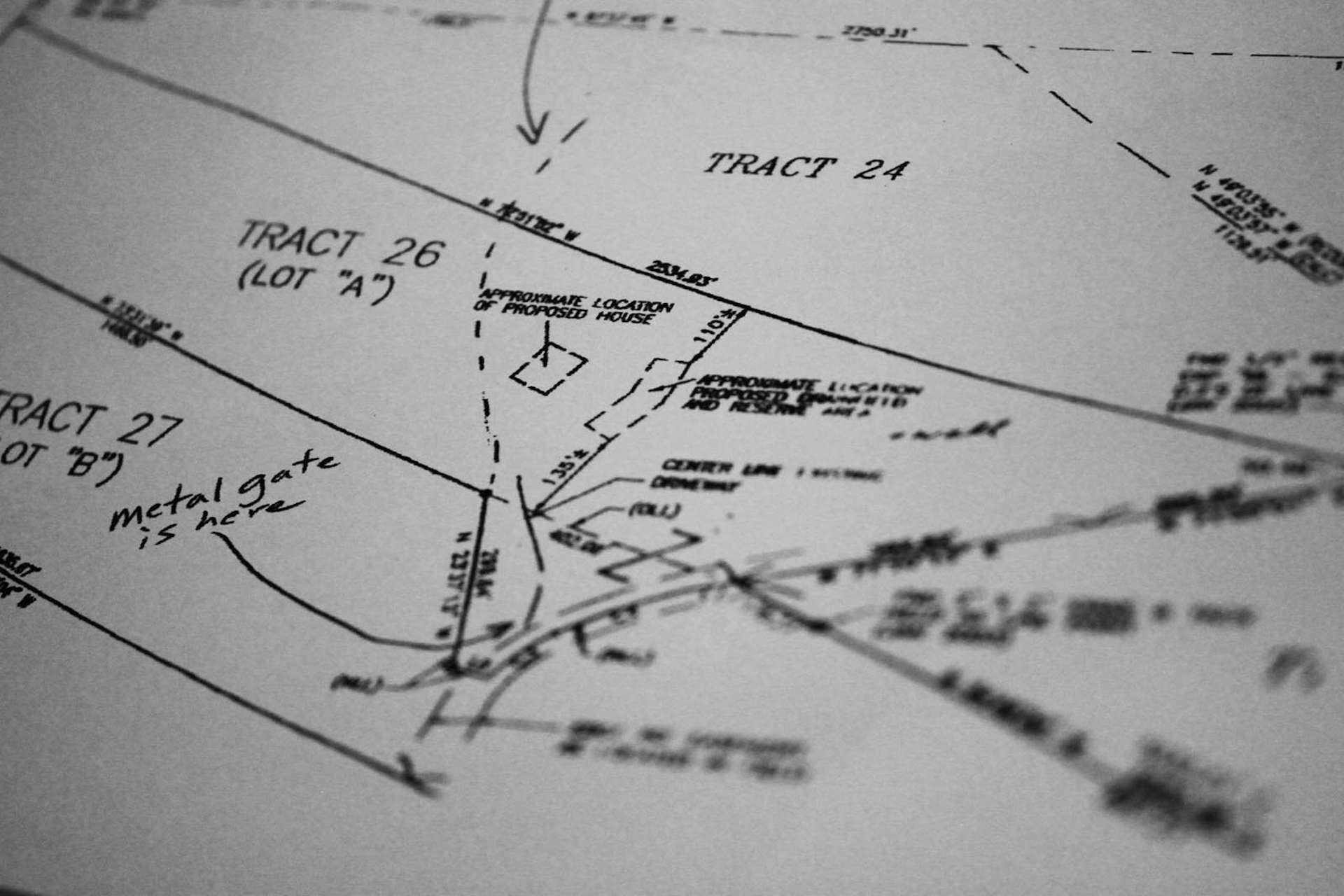

Austin is a rapidly growing city. In March, the U.S. Census Bureau ranked Austin ninth among all U.S. metro areas for population growth from July 2015 to July 2016. The region’s population went up by 2.9% (an average of 159 people per day) during the one-year period.



As a city that boasts breakfast tacos, lakes, green space, the SXSW Music Festival, and the "Live Music Capital of the World," it’s no surprise that so many people are interesting in taking up residence in Austin.
So, what do you need to know before deciding to design and build a home in Austin? We’re here to help you navigate the process.
It’s important to understand a few key regulations that all new homes and home additions must comply with.
1. Impervious Cover (45% maximum allowed): Impervious cover is building material that water can't soak through—i.e. the portion of a home covered with a roof, concrete walkways, stone porches, walkway pavers, wood decking (counts as 50% impervious), etc. The ratio of impervious cover to lot size must not exceed 45%. For instance, if your lot is 10,000 square feet, then you’re allowed 4,500 square feet of impervious cover. It’s important to count all hard surfaces where water can't soak through, including air conditioning pads and driveways.
2. Floor Area Ratio, a.k.a. FAR (40% maximum allowed): FAR is a ratio of HVAC SF (the habitable, conditioned portion of the house) to lot size. If your lot is 10,000 square feet, then you’re allowed a home that has 4,000 square feet of conditioned space.
3. Protected and Heritage Trees (19-inch circumference and 24-inch circumference, respectively): Austin is a city that loves its trees. If your lot contains established trees, your design has to take those into consideration. There are rules dictating how close you can build to a particular tree. It’s a function of the tree’s "critical root zone," which is determined based on its trunk size. Also, take note: if a protected or heritage tree exists on your neighbor’s adjacent property, you must still consider its critical root zone, which may impact your own lot. In addition to design considerations, the general contractor must protect and maintain the health of the trees during construction. Protective fencing, mulch, and other methods may be employed.

Austin has specific zoning and design guidelines that must be followed when designing and building homes within the city limits. Many of these guidelines are neighborhood-specific, so great attention must be paid to the particular location where you plan to build.
A typical Austin lot will have five-foot side yard setbacks, a 10-foot rear yard setback, and a 25-foot front yard setback—but this will vary and each lot must be individually assessed. Corner lots will vary as well.

This ordinance is designed to prevent homes from being massive in scale and proportion. The city recognizes the need to reduce "McMansions" and promote the building of homes that respect the neighborhood scale in which they’re being built. Other regulations, such as "Side Wall Articulation," have similar goals.
New homes are required to have a "Visitable Entrance" and "Visitable Route," whereby someone in a wheelchair can enter the home via an accessible path, low threshold entry door, and have access to the kitchen, dining, living room, and a half or full bathroom. Blocking for grab bars must be installed in the bathroom and all doors along the visitable route must be 30-inches-clear.

Permitting requirements are as follows:
1. Complete Set of Architectural Plans
2. Complete Set of Structural Engineering Plans
3. Completed Applications
4. Permit Fees Paid
Follow the city’s guidelines and requirements and you should have little trouble obtaining a building permit. Do keep in mind that during construction, city inspections are required at various stages (usually handled by the general contractor), and that a Certificate of Occupancy must be obtained before the new space may be inhabited. Navigate the design and building process most smoothly by hiring a qualified architect, structural engineer, and general contractor who have experience designing and building in Austin. And finally, enjoy your new home!